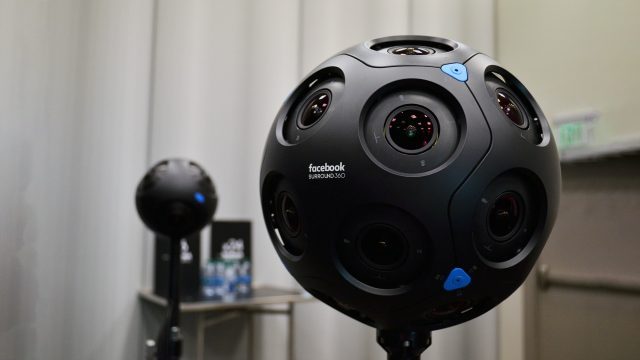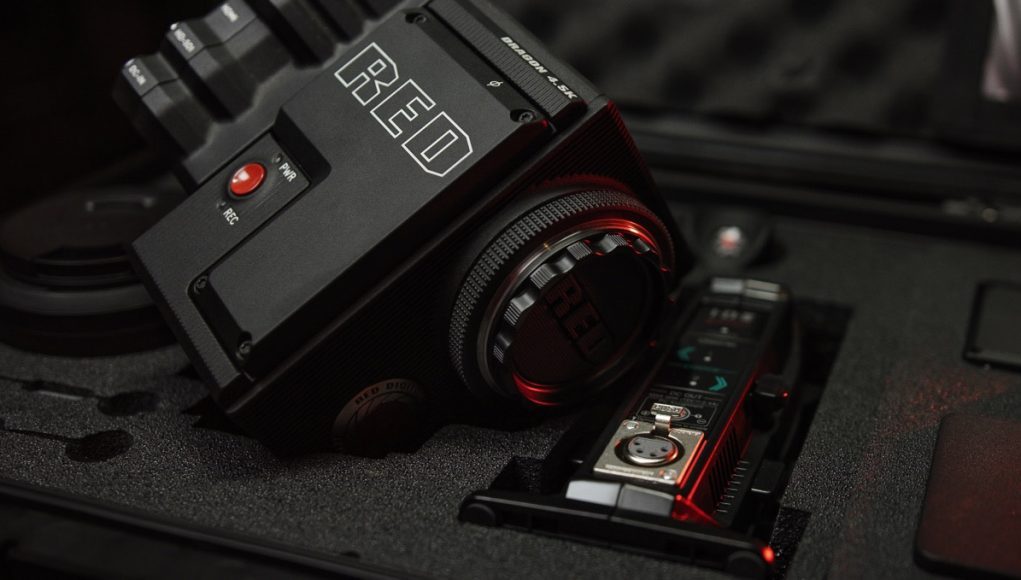Today at Facebook’s F8 developer conference the company announced a new partnership with RED Digital Cinema, a high-end digital film camera company, to create a VR camera based on Facebook’s Surround360 technology.
Last year at F8, Facebook announced two new Surround360 camera reference designs. The cameras, which look like spheres covered in lenses, capture the scene in volumetrically, in 360 degrees and 3D. With Facebook’s processing technology, video captured with the cameras can be made into a light field, allowing for some 6DOF movement of the original view and leading to greater comfort and immersion. But at the time the company didn’t say who would actually manufacture the cameras.

Now we know the answer—Red Digital Cinema is a prominent creator of ultra high-end cameras for digital cinematography, and the company has announced announced that they’re building the first commercial available VR camera based on Facebook’s latest Surround360 technology.
A spokesperson for Oculus has offered up some details on the camera:
- RED optimizes pixel count and caliber to deliver superior image quality for professional content creators.
- By capturing 16 stops worth of light, RED meets the algorithmic requirements of depth estimation, as well as the artistic demands of a linear color workflow, to create quality 6DOF content.
- Facebook’s depth estimation technology captures full 3D information about all objects in scenes which delivers a complete 3D reconstruction.
- This is the first end-to-end solution with all elements of the workflow toolchain combined into one powerful package.
- From capture with this new camera to depth estimation with Otoy and editing/post-processing with Adobe, Foundry, and Otoy, we’re optimizing for premium 3D output that can be experienced on Facebook and in VR.
This sample footage emphasizes the camera’s low-light performance, Facebook’s ability to create a sharp depth mesh, and the ability for the user’s view to move within the camera volume.
There’s no word on when the camera might be available, or even what it’s called. One thing’s for certain though, it’s likely to be priced purely in the professional range, running into the thousands if not tens of thousands of dollars—Red cameras are perhaps as well known for their price as they are their quality.







